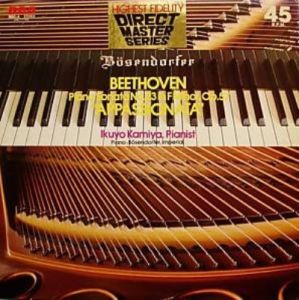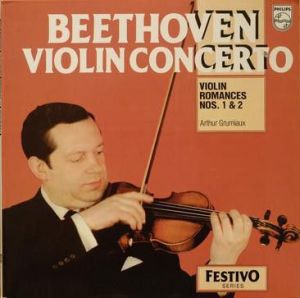More Classical and Orchestral Recordings
More music conduced by Ernest Ansermet

- This original London pressing of these wonderful Romantic works boasts KILLER Shootout Winning Triple Plus (A+++) grades or close to them from first note to last
- You’d be hard-pressed to find a copy that’s this well balanced, yet big and lively, with such wonderful clarity in the mids and highs
- The sound of the orchestra is dramatically richer and sweeter than you will hear on practically all other pressings – what else would you expect from Decca‘s engineers and the Suisse Romande?
- This shootout has been many years in the making – we’ve been trying to do these wonderful French overtures for about five years, which just goes to show how hard it is to find these kinds of records in audiophile playing condition nowadays
- We also have a recording with Fremaux at the helm for EMI coming soon to the site that’s every bit as good
- Which one is better is probably a matter of taste as they are both head and shoulders better than any other recordings we have come across in the last five or more years
- If you’re a fan of delightful orchestral showpieces such as these, Decca’s wonderful recording from 1961 belongs in your collection
Production and Engineering
James Walker was the producer, Roy Wallace the engineer for these sessions from May 1960 in Geneva’s glorious Victoria Hall. It’s yet another remarkable disc from the Golden Age of Vacuum Tube Recording.
The gorgeous hall the Suisse Romande recorded in was possibly the best recording venue of its day, perhaps of all time. More amazing sounding recordings were made there than in any other hall we know of. There is a solidity and richness to the sound that goes beyond all the other recordings we have played, yet clarity and transparency are not sacrificed in the least.
It’s as wide, deep and three-dimensional as any, which is of course all to the good, but what makes the sound of these recordings so special is the weight and power of the brass, combined with timbral accuracy of the instruments in every section.
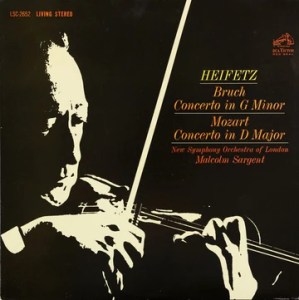

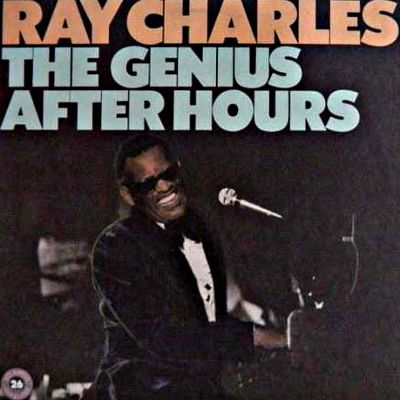
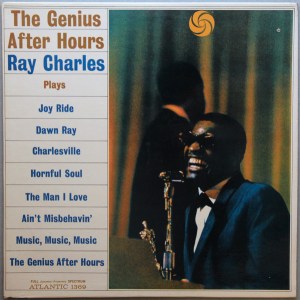 It sounds like a very high quality mono jazz record from the 50s or 60s.
It sounds like a very high quality mono jazz record from the 50s or 60s. 
